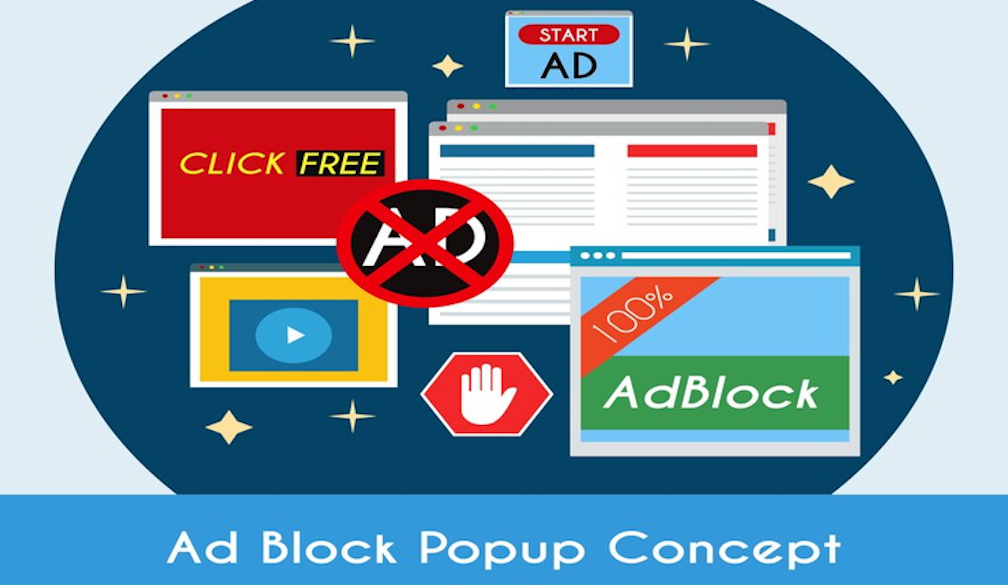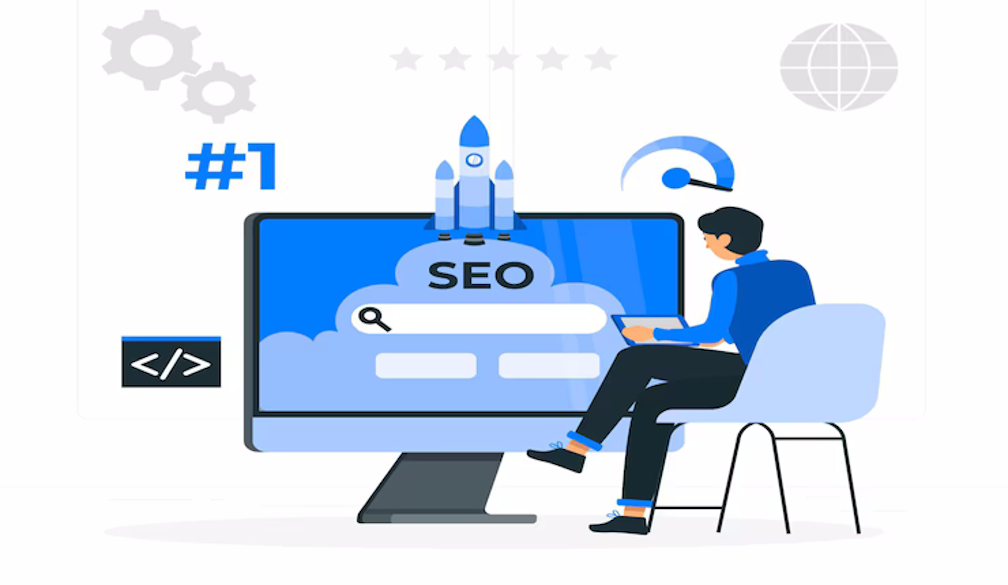Unlocking Success with Google Ads: A Guide to Smarter Campaigns

In today’s digital world, the key to growing your business lies in being found online. But it’s not enough to just be there—you need to stand out. That’s where Google Ads comes into play. With Google Ads, businesses can tap into a massive audience, targeting potential customers when they're actively searching for products or services. If you’ve ever wondered how to effectively utilize this tool, you’re not alone. Let’s dive into how professional Google Ads management can make all the difference.
1. Why Google Ads? It’s More Than Just Search Results
Google Ads (formerly known as Google AdWords) is a powerhouse platform, offering a range of campaign types like search ads, display ads, video ads, and more. While you might think Google Ads is just about those familiar text ads that pop up on your search results page, it's so much more than that. From promoting videos on YouTube to showcasing banner ads across the Google Display Network, the possibilities are endless.
But with great possibilities comes great responsibility—how do you ensure your campaigns are effective and don’t drain your budget? This is where Google AdWords services can help streamline your advertising strategy.
2. The Beauty of Smart Targeting
One of the biggest advantages of Google Ads management is the ability to reach your audience at the right time. With advanced targeting options, businesses can serve ads to users based on their interests, demographics, location, and even past behavior. For example, if you own a local restaurant, you can set up your Google Ads to only appear to people searching for restaurants within your geographic area.
The beauty of this targeting lies in its precision. You’re not throwing a net out into the vast sea of the internet hoping to catch something. Instead, you're strategically positioning your ads in front of people who are most likely to convert into customers. It’s targeted advertising at its finest, and Google Ads management ensures that you’re not wasting your ad budget on people who are unlikely to click or convert.







